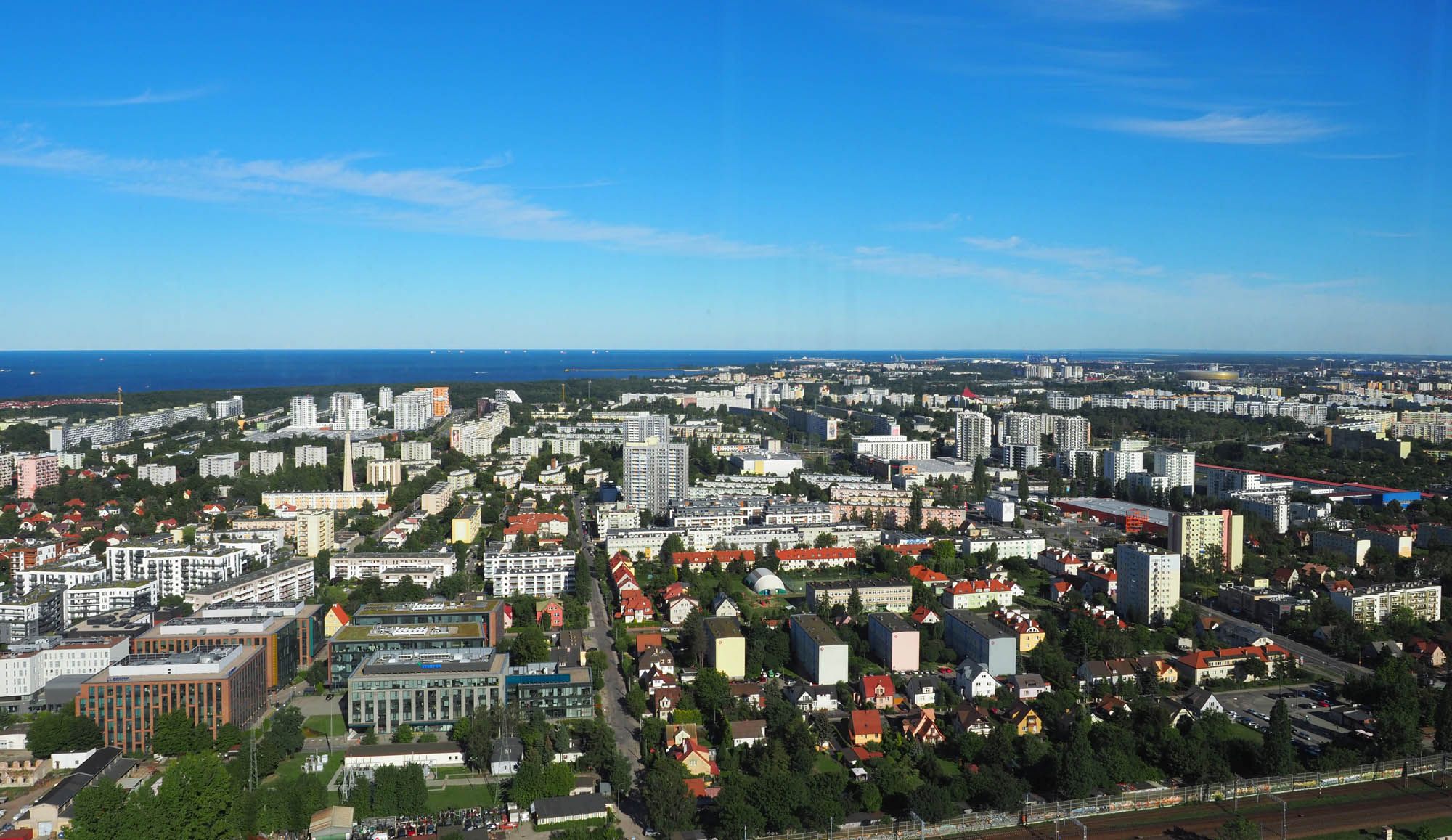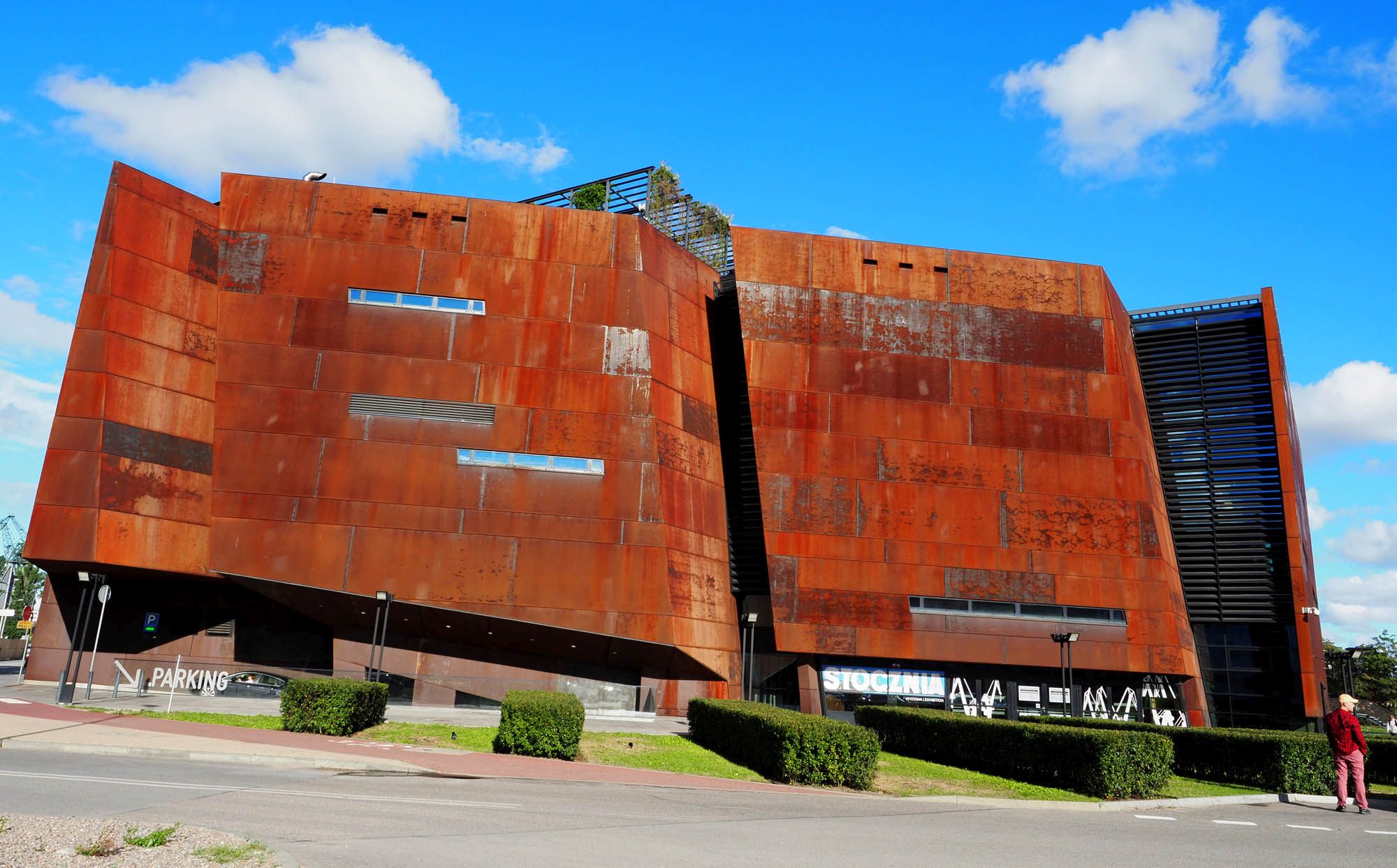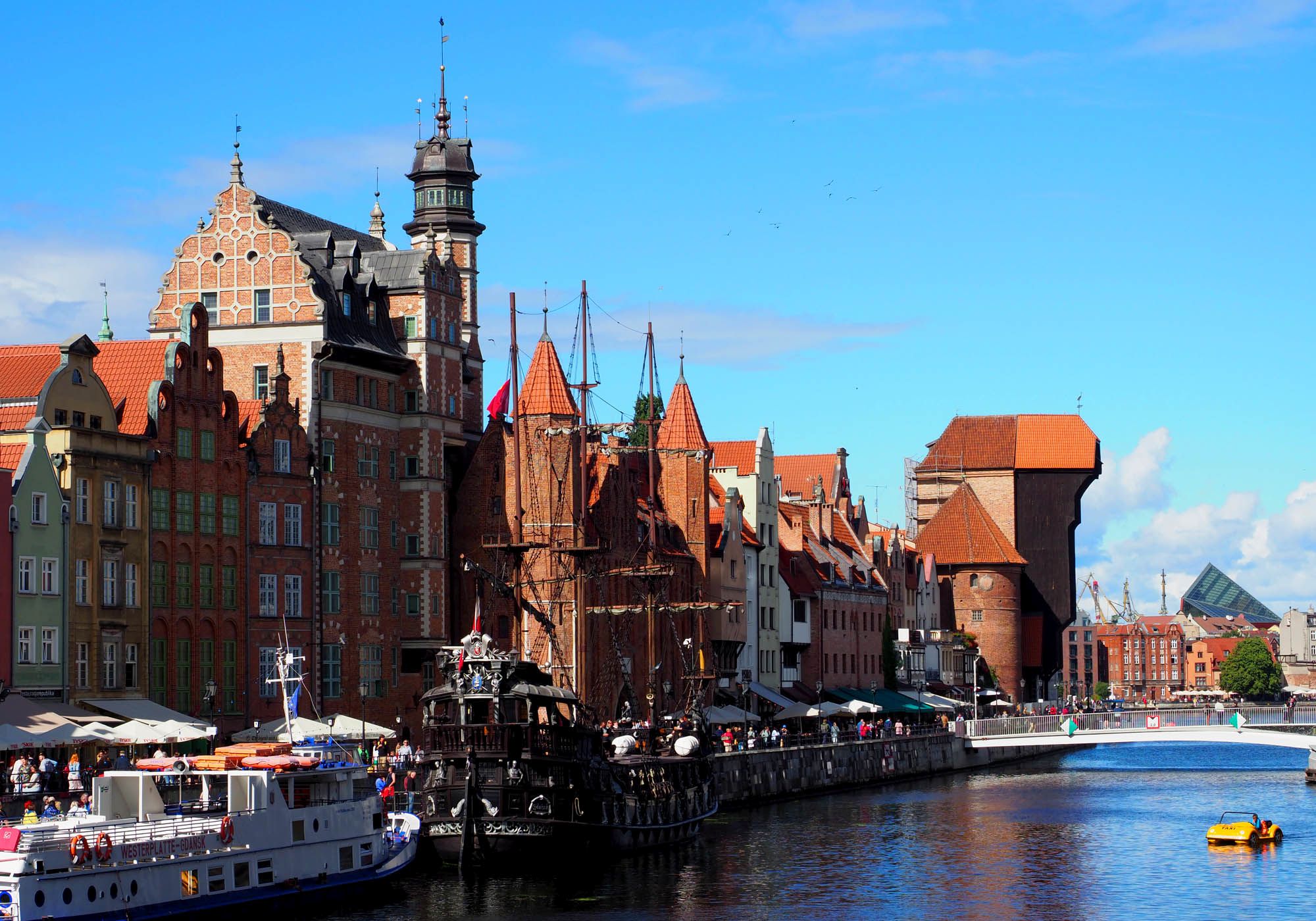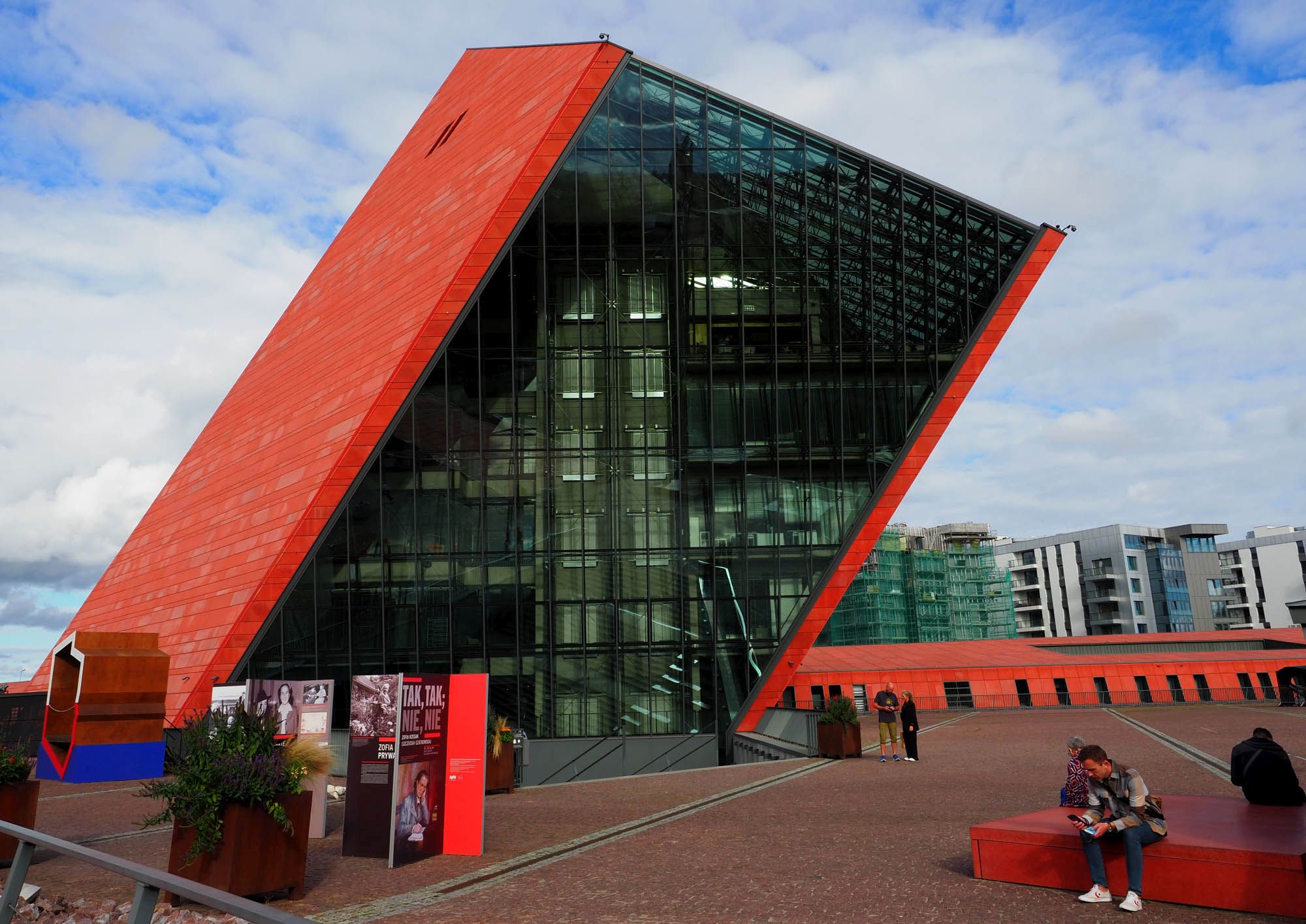12 SEPTEMBER 2022
YOUR WORDS
Readers are invited to add their comments to any story. Click on the article to see and add.
BTN DISTRIBUTION
BTN also goes out by email every Sunday night at midnight (UK time). To view this edition click here.
The Business Travel News
PO Box 758
Edgware HA8 4QF
United Kingdom
info@btnews.co.uk
© 2022 Business Travel News Ltd.
Article from BTNews 12 SEPTEMBER 2022
ON TOUR: Gdansk by Geoff Moore
Get one city and gain two more for free!
Poland comes with a special offer, says our regular contributor, photographer of The Travel Trunk.
This grouping of three metropolises on the Baltic coast offers a historical centre, a beachside resort and a port, well connected to each other by road and rail.
Gdansk itself is a city with a history going back to the Teutonic Knights and Hanseatic League. It was very much part of a vast trading network around northern Europe. And still today high tech computer chip companies such Intel have an extensive complex adjacent to the airport.
 More recently of course, Gdansk was the crucible of the freedom movement for much of eastern Europe that left the communist yolk behind to embrace a free-enterprise model.
More recently of course, Gdansk was the crucible of the freedom movement for much of eastern Europe that left the communist yolk behind to embrace a free-enterprise model.
Its neighbour Sopot is a seaside resort city offering a relaxing destination by the coast. Whereas, Gdynia is a hive of maritime activity. It is here that many Baltic cruise ships stop to enjoy the other two cities. It is a major port for import and export as well as being a Navy base.
The air route into the Tri-City area is through Gdansk, a modern airport very well connected to much of the rest of Europe with Ryanair and Wizz plus other low-cost carriers vying for slots. International flights to numerous winter sunshine destinations in the Caribbean and Indian ocean are also popular.
It is in one of the strongest metropolitan regions in Poland. The airport enables travel to around 90 different destinations with up to five million passengers per year using it.
Supporting travel to and from the immediate Tri-City area and the region of Pomerania, it is Poland's third largest airport and the largest in Northern Poland.
Ryanair has flights to Birmingham, Bristol, Manchester and Stansted airports amongst others. Wizz offers services to Aberdeen, Doncaster, Edinburgh and Luton. The city of Gdansk itself offers a direct experience to key historical events that have occurred there. WWII started on the edge of the city and later the establishment of the ‘Solidarity’ trade union and political movement.
The city of Gdansk itself offers a direct experience to key historical events that have occurred there. WWII started on the edge of the city and later the establishment of the ‘Solidarity’ trade union and political movement.
In the shipyard the iconic cranes are still providing a backdrop to illustrate its industrial heritage when it was the focus for world news in the early 1980s.
Four decades before that, the very first shots of WWII were fired at the small peninsula of Westerplatte on the edge of the then Free City of Gdansk (Danzig).
In the early hours of 1 September the German Battleship Schleswig-Holstein opened fire on the area defended by around 180 valiant Polish soldiers who held out for seven days before surrendering.
Their efforts were acknowledged by Poland who awarded them their equivalent of the Victoria Cross. And the war memorial there still carries an image of that medal.
Both incidents are remembered in key museums within the city. The European Solidarity centre details the rise of the union movement and its personalities and how it changed eastern Europe.  As well as the memorial area at Westerplatte, in the centre of the city is the Museum of the Second World War. Opened in 2017 the ultra-modern complex has the displays underground.
As well as the memorial area at Westerplatte, in the centre of the city is the Museum of the Second World War. Opened in 2017 the ultra-modern complex has the displays underground.
This is an extensive facility and certainly needs a minimum of two hours for a visit. The sheer variety of displays and artefacts to see will probably have you probing for yet more information. With additional audio/video items connected to each exhibition room further engagement opportunities are plentiful.
With the people of Poland, and its Jewish community in particular, suffering the very worst following the Nazi invasion there are many references to their harrowing hardship under Nazi rule and also later with the Soviet era too. All are illustrated in interesting and thought-provoking ways.
Gdansk city is very walkable. The River Motlawa flows through and provides a focus for eating and drinking beside the water.
All the major hotel chains have excellent hotels in the city.
There are numerous ways to view it afloat – from pirate style looking sailing ships, to more conventional ferry boats or even little colourful water taxi shaped cars.
Moving along the coast of the Tri-City area takes you to Sopot. This is a relaxed beach and seaside fun destination. Although smaller there are pleasant gardens and walks to help you make the most of the seaside air.
Major hotel chains have long-established businesses there. Most famous is the Sofitel Grand Sopot. Over the years it has hosted major political figures and celebrities.
From General de Gaulle, Fidel Castro, Henry Kissinger to President Nicolas Sarkozy and numerous entertainers.
Boasting the longest wooden pier in Europe hardly any visitor fails to find time to explore its 511metre length.
 Last but not least, Gdynia as a port was once connected to the USA by regular ships that plied their trade direct to New York.
Last but not least, Gdynia as a port was once connected to the USA by regular ships that plied their trade direct to New York.
Cruise ships are now big business to both Gdansk and Gydina. So far this year 145 visits have been clocked up by a range of cruise companies.
The port is home for ferry services route to Oslo. Stena Line has just introduced a brand new ship named Estelle linking to Karlskrona in Southern Sweden carrying both cars and freight lorries.
Gdansk hosts the tallest building in Poland, the Olivia Star. As well as housing a Michelin star restaurant “Paco Perez” with five Michelin Stars you can see all three cities from its 33rd floor.
Or enjoy a coffee or light bite on the 32nd floor observation deck cafe. On the ground floor enjoy a snack under tropical palm trees of the indoor tropical garden.
The three cities have it all covered: Bygone times, business and beach!
www.poland.travel/en/visit-poland
www.thetraveltrunk.net
OUR READERS' FINEST WORDS (All times and dates are GMT)
All comments are filtered to exclude any excesses but the Editor does not have to agree with what is being said. 100 words maximum
